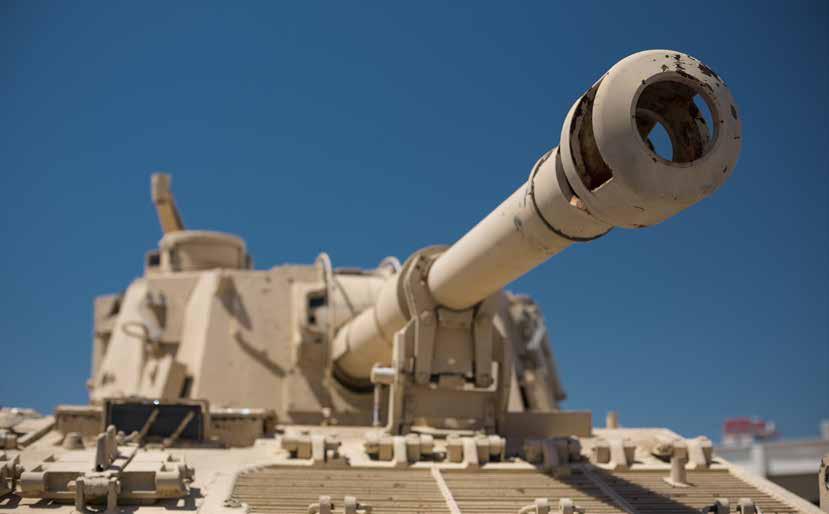
2 minute read
8. India-US defence ties on a firm footing
India-US defence ties on a firm footing
• Indo-US ties have grown stronger over the past decade, encouraging the two nations to cooperate and grow together, agnostic of political ideologies.
Advertisement
• The new FDI policy, along with India’s corporate tax reduction to 15 per cent for new manufacturing companies, makes India an attractive market for US companies to increase their investments.
The current US investments in India are empirical evidence to the fact, that if this co-operation grows, it shall tremendously benefit both countries.
• Major factors contributing towards this are requirement of a strategic geopolitical partnership in the Indo-
Pacific region, safeguarding national interest, and a gradual change in global supply chains. Geopolitical changes, together with recent political disturbances, appear to have set the stage for a defining partnership in the IndoPacific region – between India and the US.
The steady growth in India’s defence expenditure only adds room to boost Indo-US ties – especially for new age and hightech defence systems – given the need for a strategic geopolitical partnership in the Indo-Pacific region, safeguarding national interest, and a gradual change in global supply chains.
The recent increase in the FDI limit to up to 74 per cent under the automatic route in the defence sector, presents both countries with an opportunity to develop the A&D supply chain in India and unlock fresh investments by foreign OEMs with a long-term view of the sector. It also adds a layer of protection to proprietary know-how/technology of foreign OEMs, ensuring easy transfer of knowledge through JVs to Indian DPSUs. The new FDI policy, along with India’s corporate tax reduction to 15 per cent for new manufacturing companies, makes India an attractive market for US companies to increase their investments.
With the Indian Government implementing policy reforms focused on the indigenous production and technology absorption, the US arms policy towards India needs to embrace technology transfers, including the possibility of co-development of systems in India - a globally strategic defence market. Furthermore, continued integration in joint training exercises between the two sides will better prepare them to handle contingencies and focus on key strategic areas. Given the pace of growth of the Indian civil aviation market, there are natural synergies for both countries to invest in this domain. On one hand, where American expertise shall get access to newer growth market, India shall tremendously benefit from technology influx, job & infrastructure creation as well as leverage synergies for defence sector. Dual use manufacturing, MRO, engine manufacturing could be some of these domains which hold abundant opportunities for both parties. With India opening Space sector for private and foreign participation,1 this domain could result in a fructifying long term partnership.
Indo-US ties have grown stronger over the past decade or so, encouraging the two nations to cooperate and grow together, agnostic of political ideologies. The relationship is bound to grow and reach newer heights in years to come despite the changing political landscape of US. The need of the hour is to outline the contours of a sustainable trade negotiation that is broad-based and encompasses the principles of economic engagement between the two nations.






